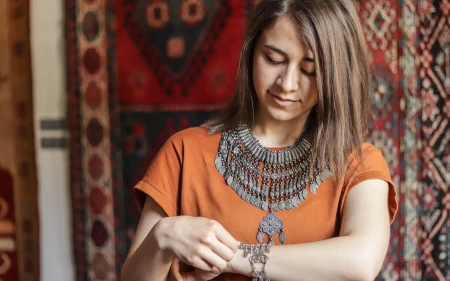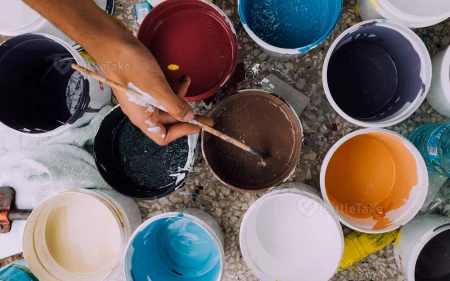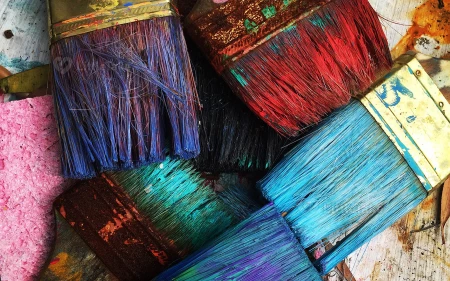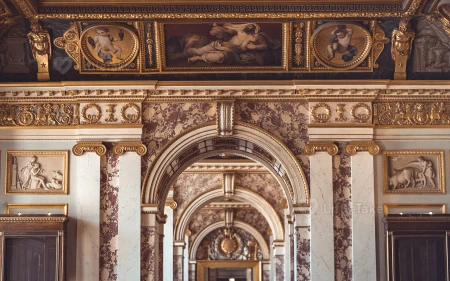
The Art of Calligraphy
Calligraphy, the art of beautiful writing, has been revered for centuries as a means of expressing ideas and emotions through elegant letterforms. In this LittleTake article, we will explore the origins, styles, and modern applications of this exquisite art form.
Origins and History
Calligraphy has roots in various cultures around the world, including Chinese, Arabic, and Western traditions. It began as a means of communication but evolved into an art form valued for its aesthetic qualities and expressive potential.
Styles and Techniques
Different calligraphy styles have emerged over time, reflecting unique cultural aesthetics and characteristics. Some well-known styles include:
- Chinese calligraphy: Characterized by its fluid brushstrokes and balance of positive and negative space.
- Arabic calligraphy: Known for its flowing, interconnected letterforms and intricate geometric designs.
- Western calligraphy: Featuring a range of styles from Gothic to Copperplate, showcasing precise penmanship and varying letter shapes.
Modern Applications
While calligraphy has ancient roots, it remains popular in the modern world. It is used for various purposes, such as:
- Invitations and event materials: Elegant calligraphy adds a touch of sophistication to weddings, parties, and other special occasions.
- Artwork and home decor: Calligraphic quotes, poems, and designs make for beautiful wall art and decorative pieces.
- Logos and branding: Companies often use calligraphic elements to create memorable and visually appealing brand identities.
The art of calligraphy continues to captivate and inspire people across cultures and generations. Its expressive potential and visual beauty make it a timeless art form that can enrich our lives and connect us to the past.


















